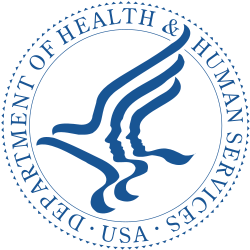A major contributor to this article appears to have a close connection with its subject.(February 2015) |
The National Practitioner Data Bank (NPDB) is a database operated by the U.S. Department of Health and Human Services that contains medical malpractice payment and adverse action reports on health care professionals. Hospitals and state licensing boards submit information on physicians and other health care practitioners, including clinical privileges restrictions, actions against physicians' licenses, and medical malpractice payments that is kept in the NPDB database. Only authorized users (e.g. hospitals and state licensing boards considering a physician's application for hospital privileges or a state medical license) are permitted by statute to "query" this information in the NPDB.
Contents
The NPDB was created by Congress with the primary goals of improving health care quality, protecting the public and reducing health care fraud and abuse. The NPDB is managed by the Bureau of Health Workforce of the Health Resources and Services Administration in the U.S. Department of Health and Human Services. Before May 6, 2013, the Data Bank comprised the National Practitioner Data Bank and the Healthcare Integrity and Protection Data Bank. The two were consolidated by Section 6403 of the Affordable Care Act of 2010, Public Law 111–148.
In enacting, the National Practitioner Data Bank-enabling legislation, the Health Care Quality Improvement Act of 1986, Congress intended for physicians to receive "full due process rights with notice and representation". (Statement of HCQIA lead sponsor Ron Wyden)
